By Priyanka Rathi, Psychology Enthusiast
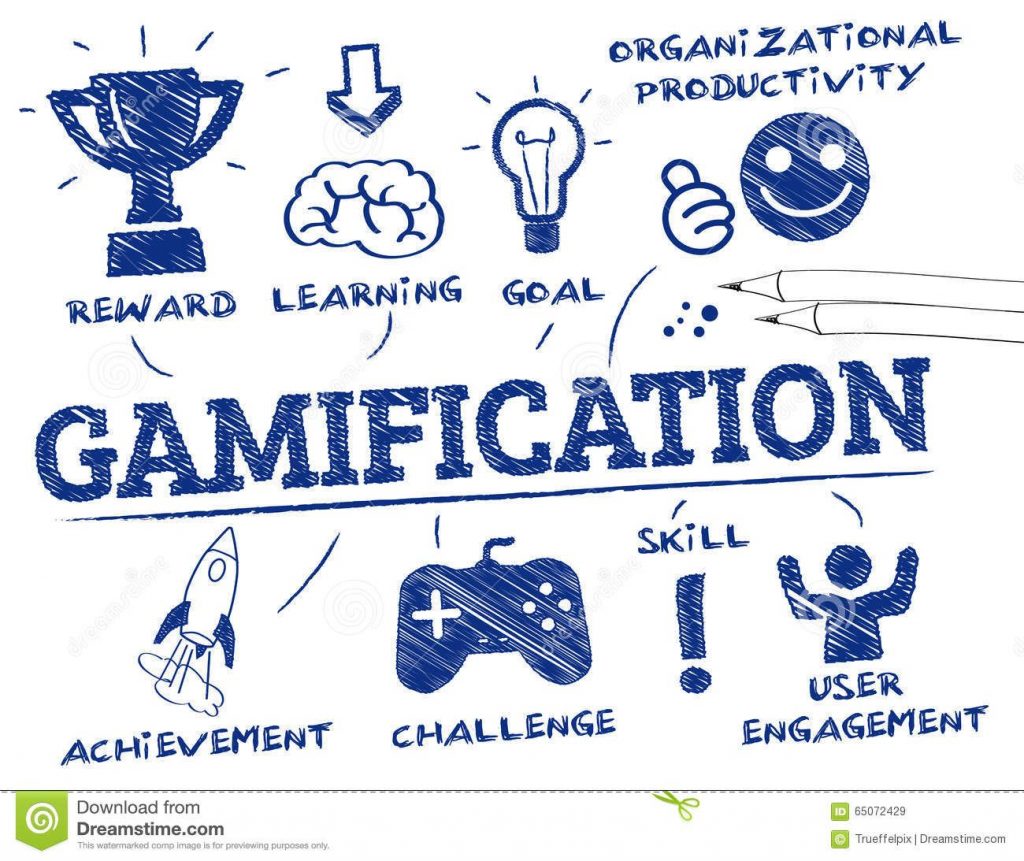
What is Gamification?
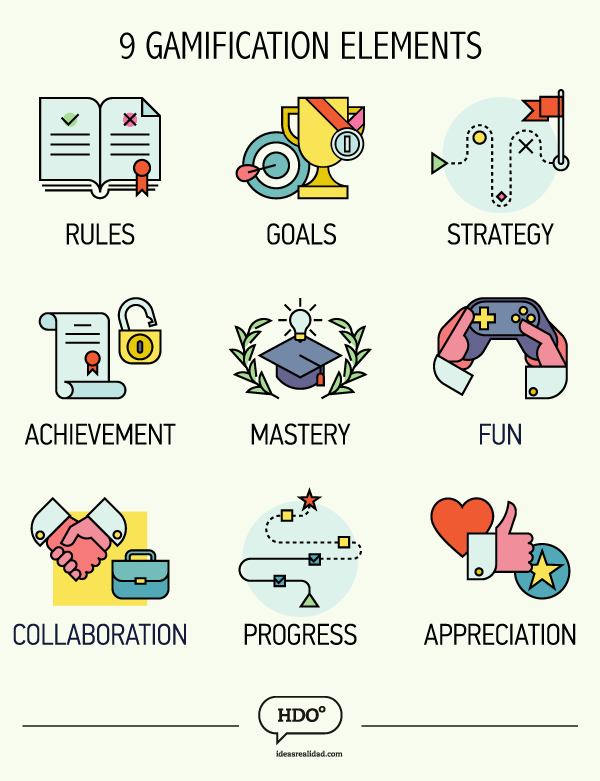
Games are part of a day to day life, entertaining users, but at the same time modelling behaviors. By applying gaming dynamics and elements to online classes, one can achieve extended engagement, accelerated learning, and improved memory retention. Gamification is an advanced methodology that uses the mechanics of games in non-game contexts and applications.
How to use gamification in learning programs?
Contrary to how the conventions go, gamification is not a novel methodology and traces back to when people were not aware of such buzzwords. Gamification designs and e-learning almost go hand in hand in the sense that they share a common environment as computer games. Gamification funnels down to motivated performances rather than
pressurized ones, offers heightened morale and intensified will to effectuate better. Gamification focuses on using attractive game graphics, task-specific reward systems, competitive environments, and user profiles to maximize engagement, performance, and positive results.
“The concept of gamification is known for being attractive due to its elements of amusement. Since it’s amusing, users do not feel the need to hold back. “
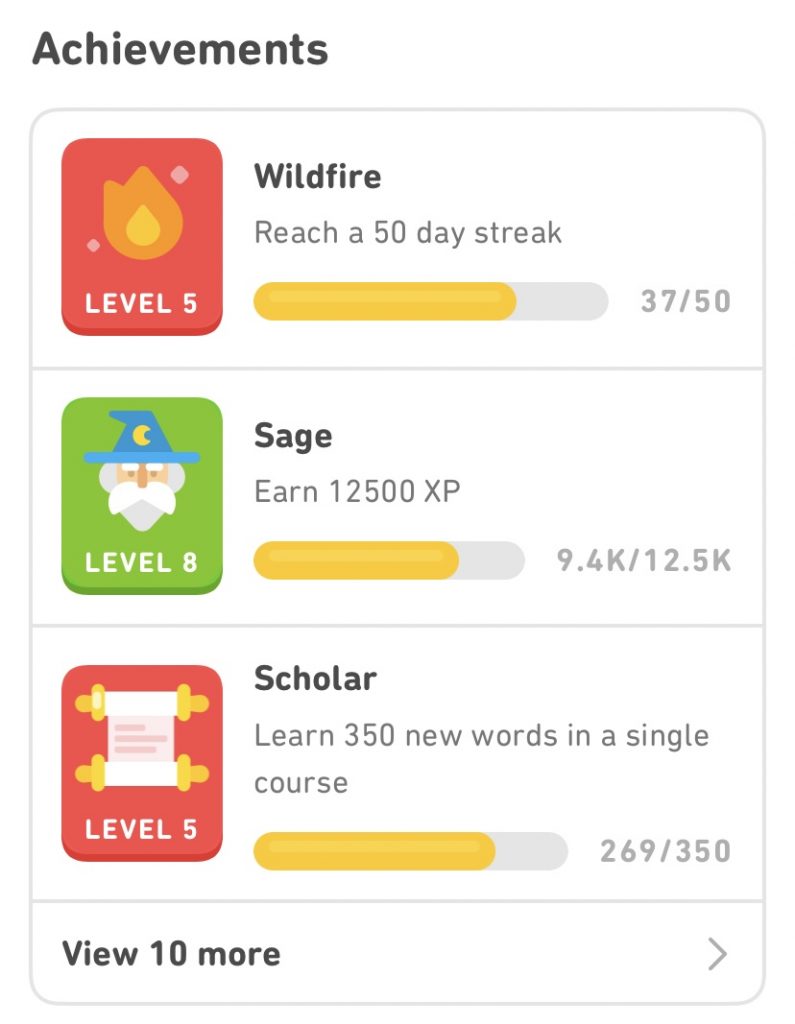
The inclination towards scoring higher than somebody or beating one’s scores runs high in humans cultivating healthy competitiveness between the participants. This bit of competition can be used to charge the process of learning among users. Thus, to include gamification in e-learning the designer must make sure to include the system of scores and leaderboards between regular time intervals.
Consequently, to keep the learners motivated one must maintain the distribution of badges and trophies. While learning, the users will always want to earn more trophies which will fuel the learning process and ensure consistent participation. These badges will act like reinforcements and incentives which will drive the learners to complete new skills or topics. While involving badges, the designer must make it a point to use
different badges assigned after various levels of difficulty to ensure consistent effort.
Another element to include is the system of points or game currencies awarded after every unit, task, or assignment after a certain collection of which the user will be allowed to redeem rewards of kinds. This will secure the performance and motivation of the learner throughout.
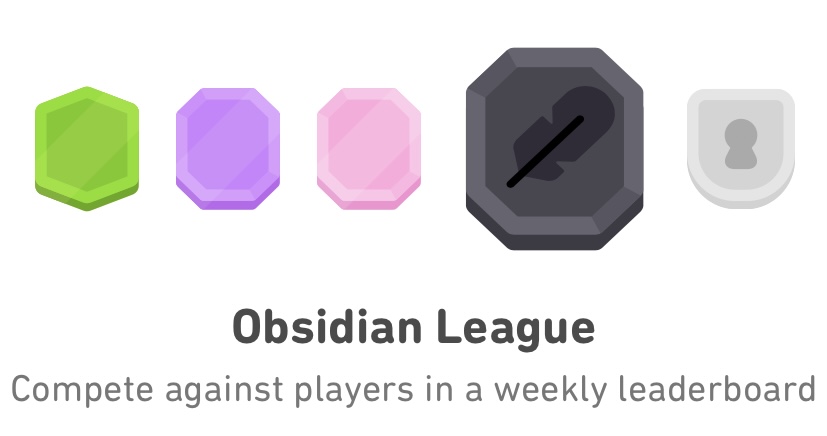
Online courses or any other e-learning platforms must use the concept of levels and experience to keep a check on the progress of the learner, to visualize their advancements, and to ensure that the learner does not go astray. One can include new course materials or new skills after every level to guarantee the interest of the learner.
Implementing gamification in learning programs is the combination of the right incentives and the right mechanics which require a lot of planning to remain foolproof. The purpose of every learning program is to help the learners achieve the skill set concerned and to inculcate competency to pull off higher goals. Gamification, thus makes sure to keep intact all these clauses while securing learner progress and drives the learner to improve outcomes.
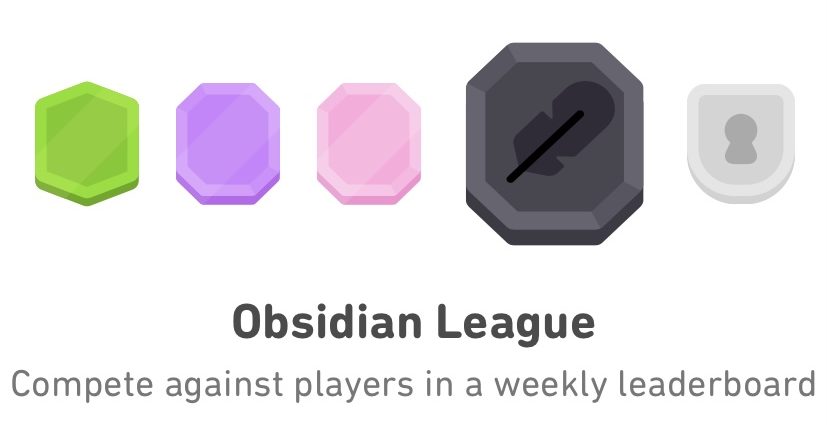

Good writeup